
If the prospect of a movie about Saint Pio of Pietrelcina, the stigmatist and saint popularly known as Padre Pio, excites you, you may be disappointed in the new docu-drama bearing his name. One hopes that moviegoers could find inspiration in the Capuchin friar’s humility and his great love of God.
Sadly, director Abel Ferrara’s Padre Pio is sometimes downright confusing, or worse.
When the docu-drama Padre Pio opened in theaters and via streaming on June 2, there was much positive to take away. St. Pio was indeed a holy man, and actor Shia LaBeouf, who plays the saint on the big screen, conveys a real reverence and an inspiring love. But viewers may be less than enamored of the production. First, the screen is so dark! The interior scenes, especially, recreating early 20th-century Italian homes, and the candlelit gatherings in the city, are murky and sometimes difficult to watch.
But more than the dark gloom there is a great darkness, an evil permeating the film, evident in the town, in the military, and even in Pio’s struggles. One of the terrifying images used by the demon to invade Padre Pio’s psyche involves a nude woman bathed in blue light. In the shocking scene, the naked woman sacrilegiously accosts a painting of the Virgin Mary. For this scene alone, some – including Catholic podcasters James Majewski and Thomas Mirus – say that Catholics should not watch the film.
There is also the strong language: The men of San Giovanni Rotondo, the women, the soldiers, the priests – even Pio himself — carelessly toss about the “F”-word. This, combined with the violence in Padre Pio’s interaction with the demons, the nudity in one demonic temptation, and the bloody massacre of townspeople, earned the film’s “R” rating.
Padre Pio is not, as its name implies, simply the story of the Italian saint. Rather, there are two stories, and the viewer is jerked back and forth between them.
First, there is the life of Padre Pio – from his arrival at the mountain monastery, to his earnest prayers, to his strident warnings to penitents who seek forgiveness for their sins. But there is the secondary story of the town of San Giovanni Rotondo. At the conclusion of World War I, the return of soldiers from the front brought joy to the townspeople or, in some cases, brought great sorrow when it was learned that loved ones had died in battle. Competing factions struggled for dominance in the Italian town, arguing for or against socialism and workers’ rights. The fervor of the citizens is met with a strong resistance, and the ensuing bloody conflict costs the lives of thirteen citizens.
One can’t help but recognize the struggle that draws the two stories together: Padre Pio’s tormented spirit as he struggles with temptation, and San Giovanni Rotondo’s conflicted citizens who are hoping to establish a new framework for their society. Some viewers have also cited a third struggle: the personal problems facing actor Shia LaBeouf, whose addiction to alcohol, conflicts within past romances, and ongoing brushes with the law reveal a troubled spirit. In a way, Padre Pio’s story is LaBeouf’s story; and one hopes that Shia will find the peace and love that God wishes for him.
There appears to be a relationship between the dual themes of the film. In one scene, Pio consoles a couple who have lost two sons in the war and who are struggling to find a reason to live. “Do not let Satan take advantage of your suffering,” he warns them. “If you lift your spirit up in prayer, the Lord will show you the design he has for you.” One wonders if he is speaking to Francesco or talking to himself.
But if the intent of the film is to merge these two stories into a meaningful dialogue about the life of Padre Pio, it fails. The connection is neither strong enough nor clear enough to achieve the desired effect. Rather, it comes off more as two stories under one title, with too little connection to make the approach intelligible or meaningful.
If you hope to walk away from this movie inspired or uplifted, you may be disappointed. But despite the film’s multiple shortcomings, one can appreciate the opportunity to learn more about one of the most venerated saints of modern times, and about the history of a small European town in post-War Italy. And perhaps the most inspiring scene is at the end of the film, when Jesus’ nail-pierced hand reaches affectionately over Padre Pio’s shoulder. And Pio, empathetic as he reflects on the suffering which Christ endured, is himself marked by the stigmata.
Padre Pio is currently showing in limited release in 25 select theaters, and is available for rent via streaming services including Netflix, Amazon Prime, VUDU and Google Play.
(Editor’s note: Director Abel Ferrara was incorrectly identified as “Alex Ferrara” in the original posting of this review. We apologize for the error.)
If you value the news and views Catholic World Report provides, please consider donating to support our efforts. Your contribution will help us continue to make CWR available to all readers worldwide for free, without a subscription. Thank you for your generosity!
Click here for more information on donating to CWR. Click here to sign up for our newsletter.






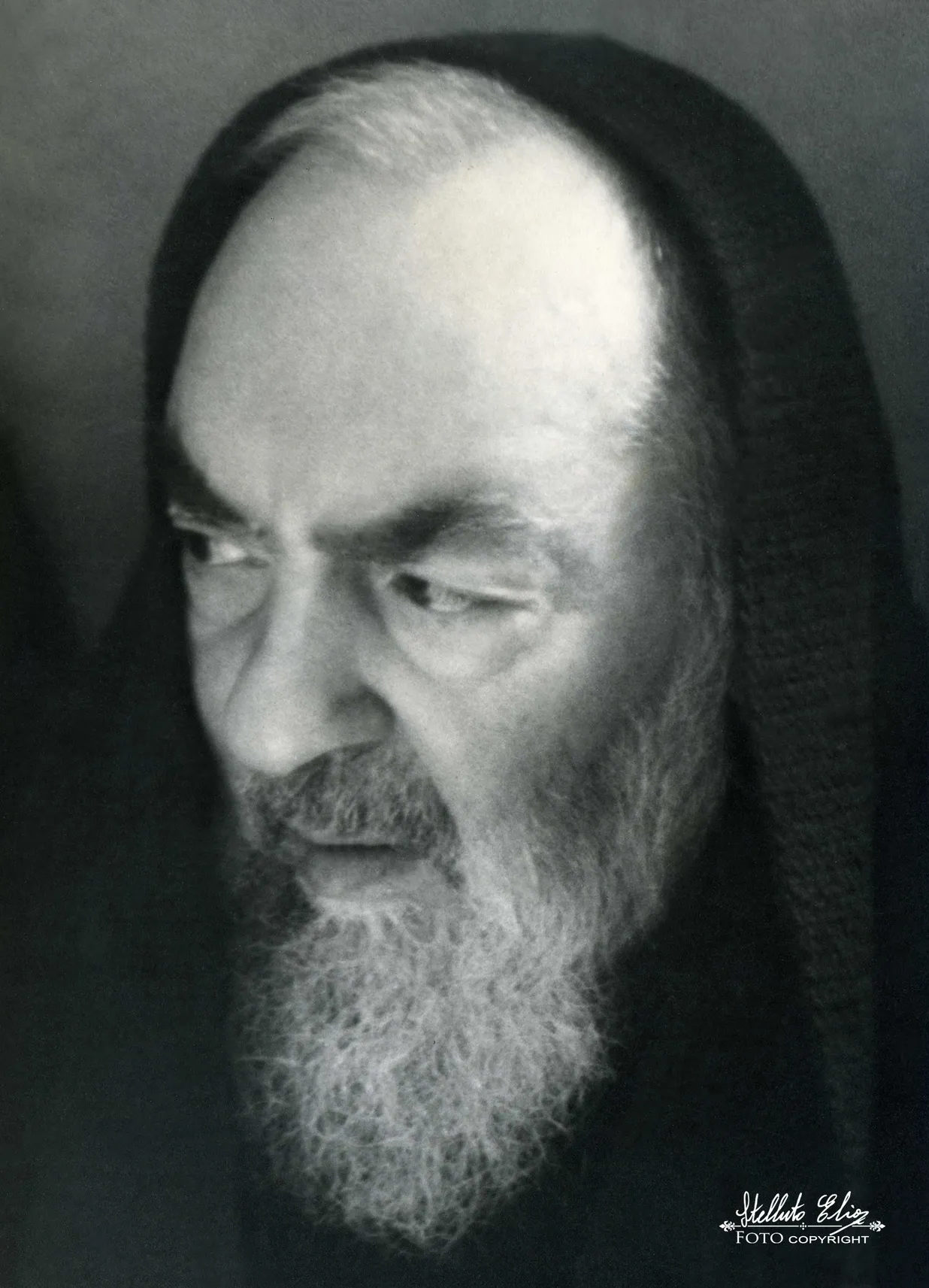
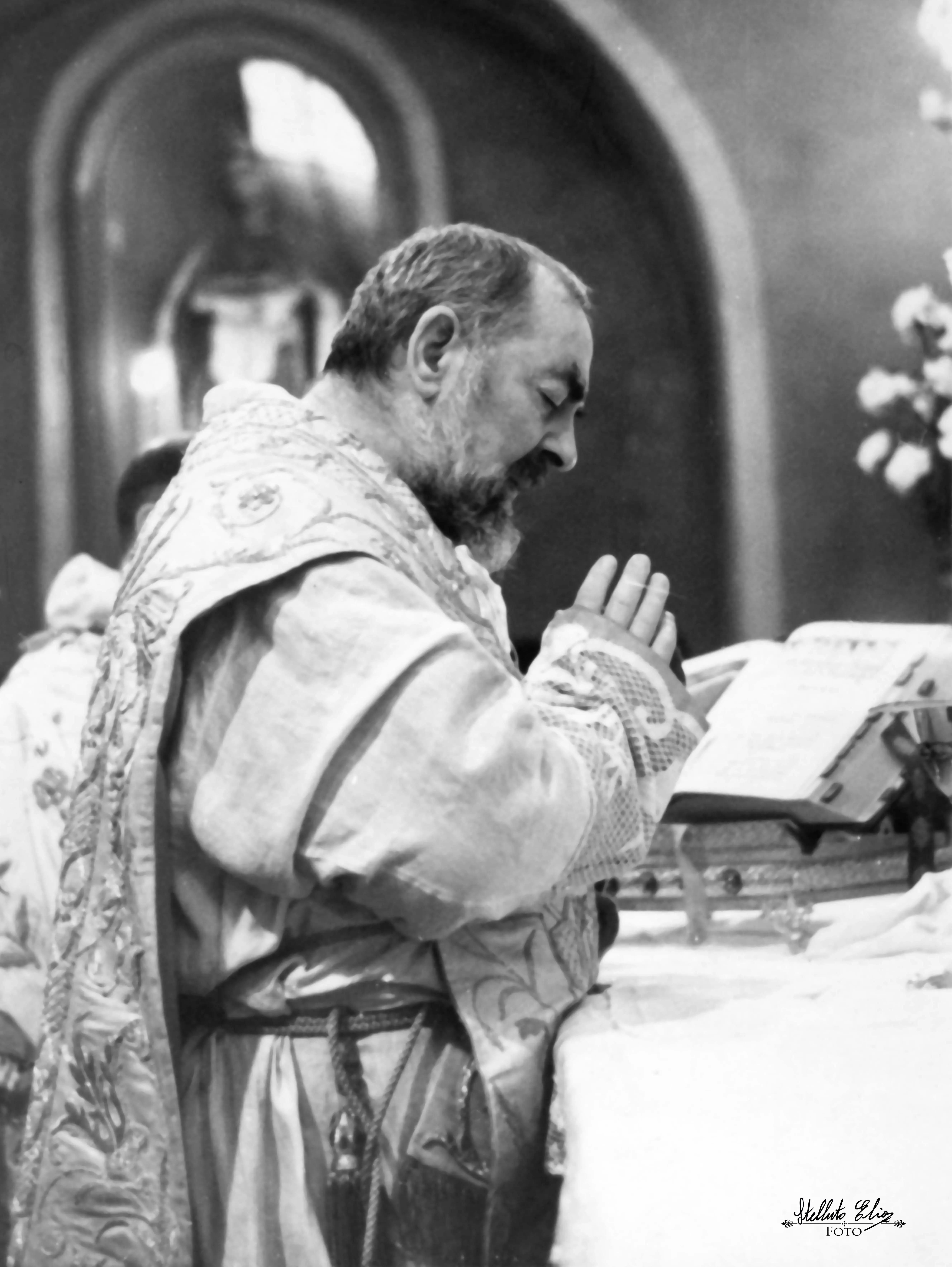
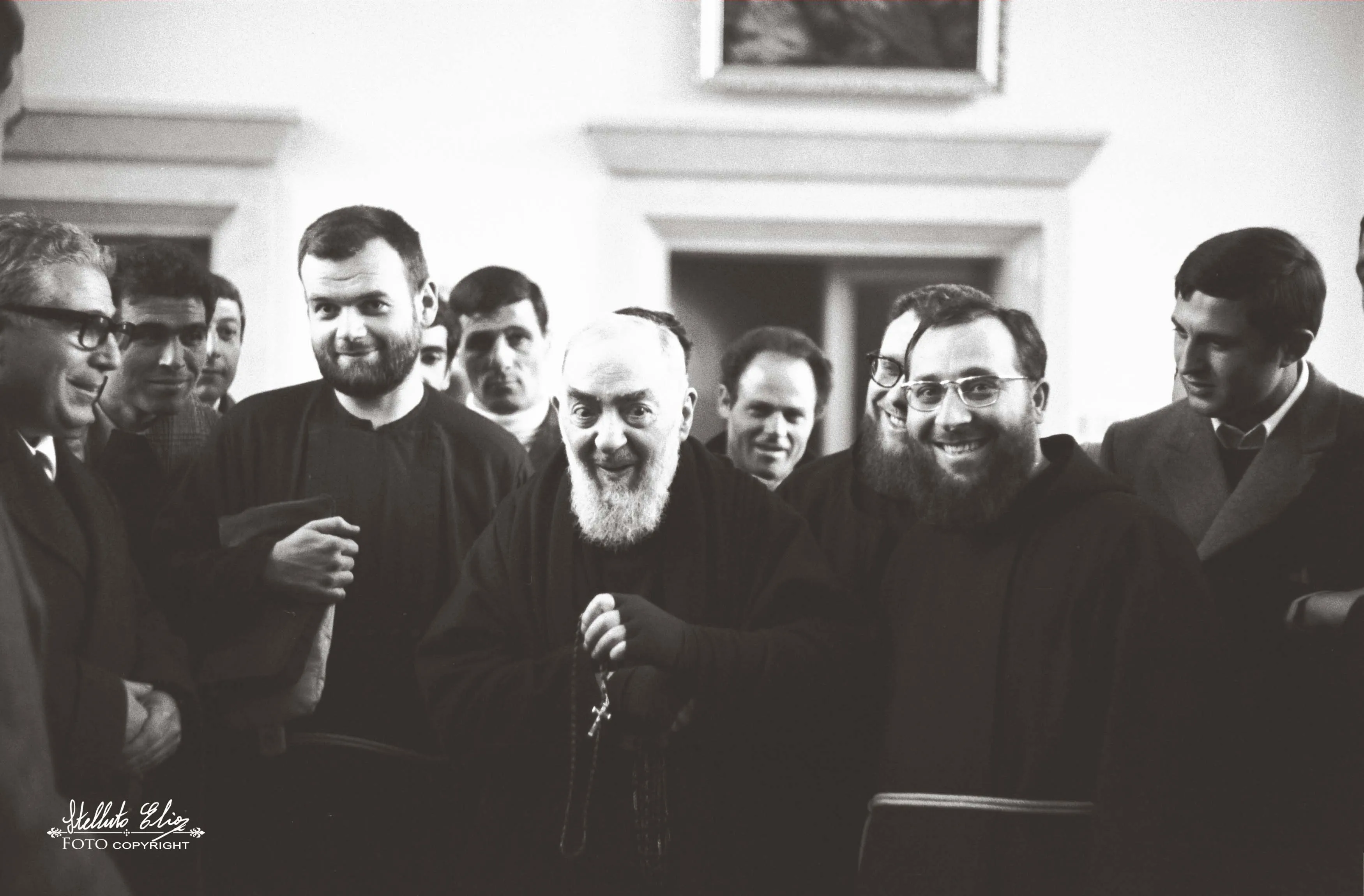

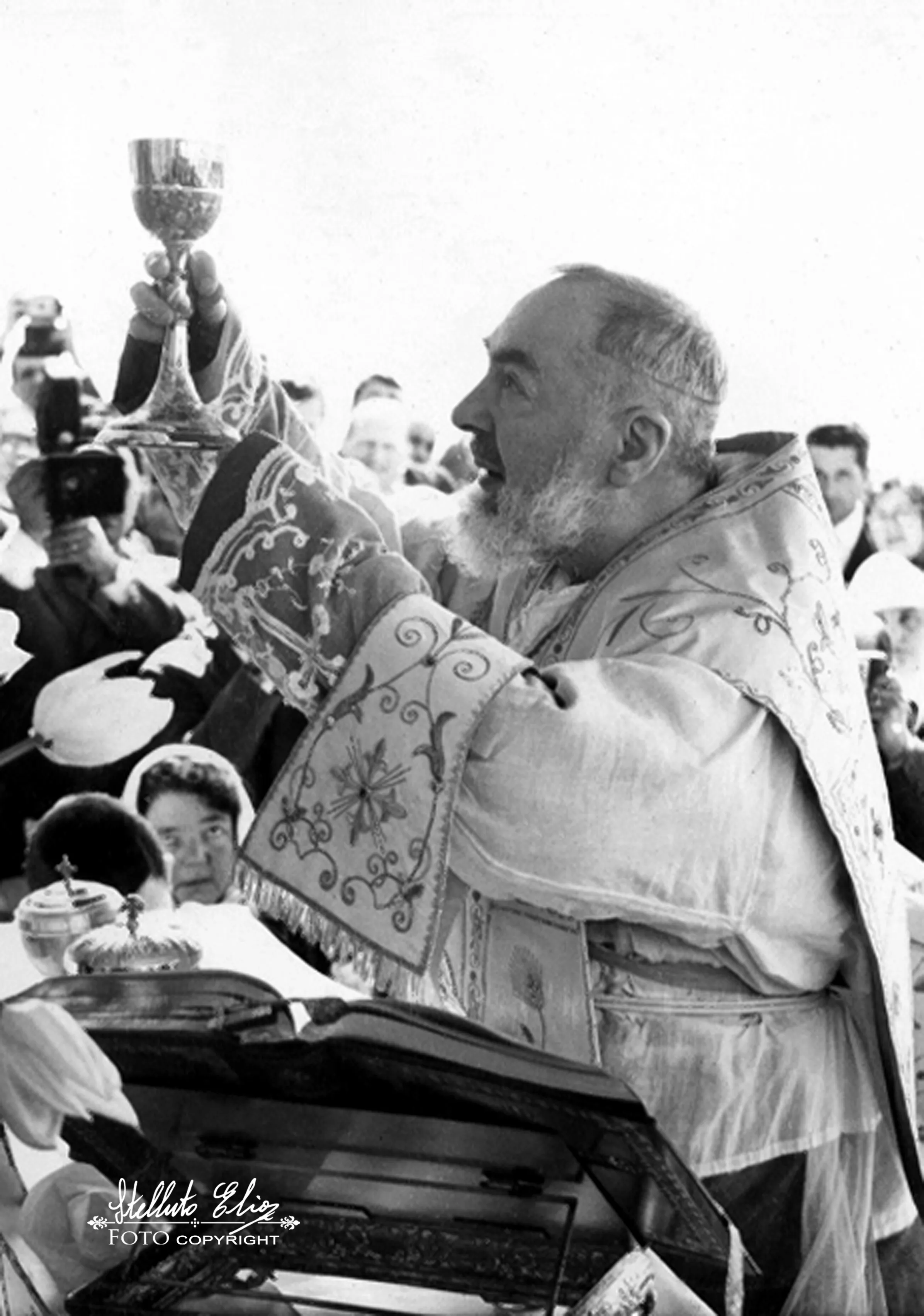
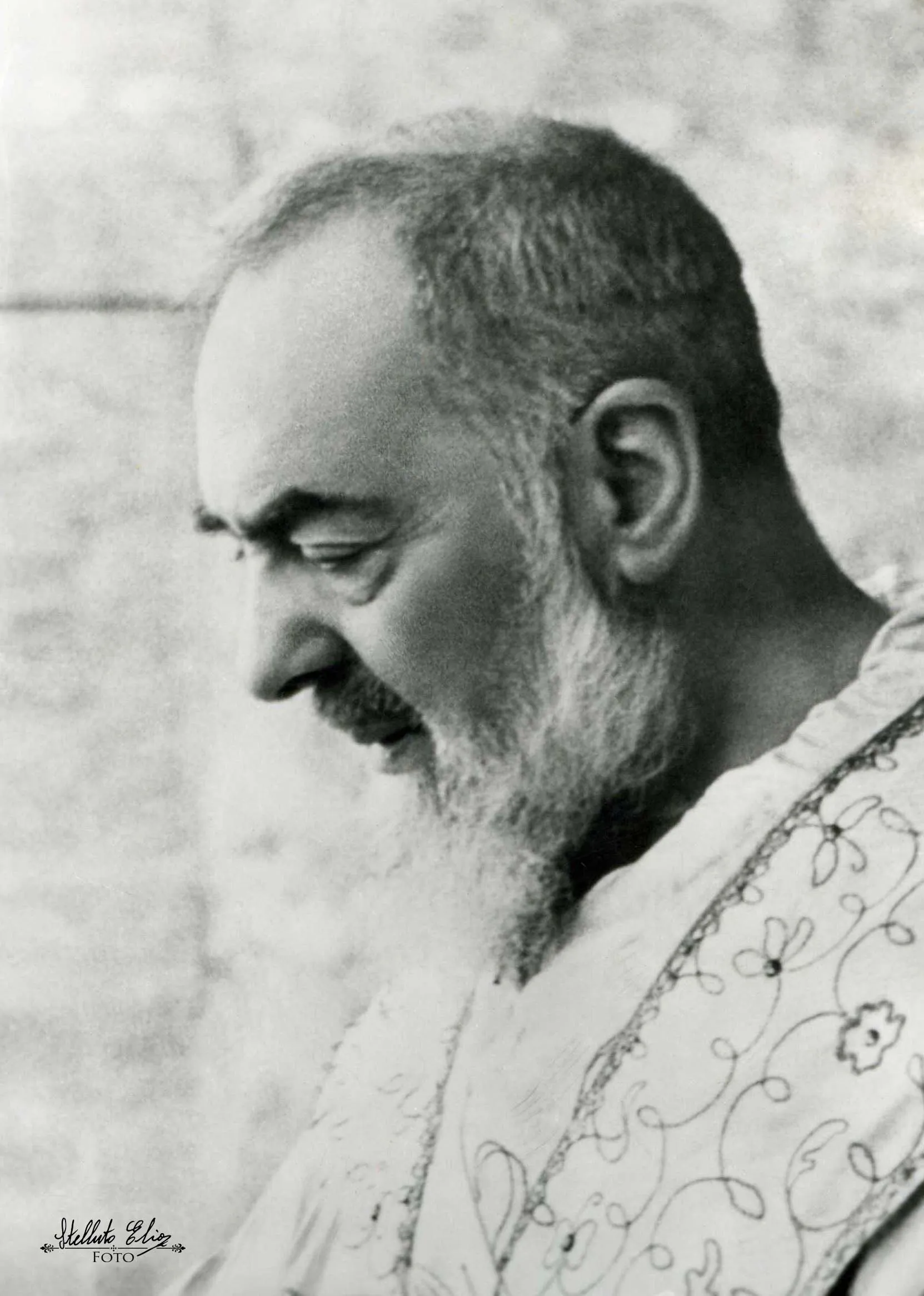
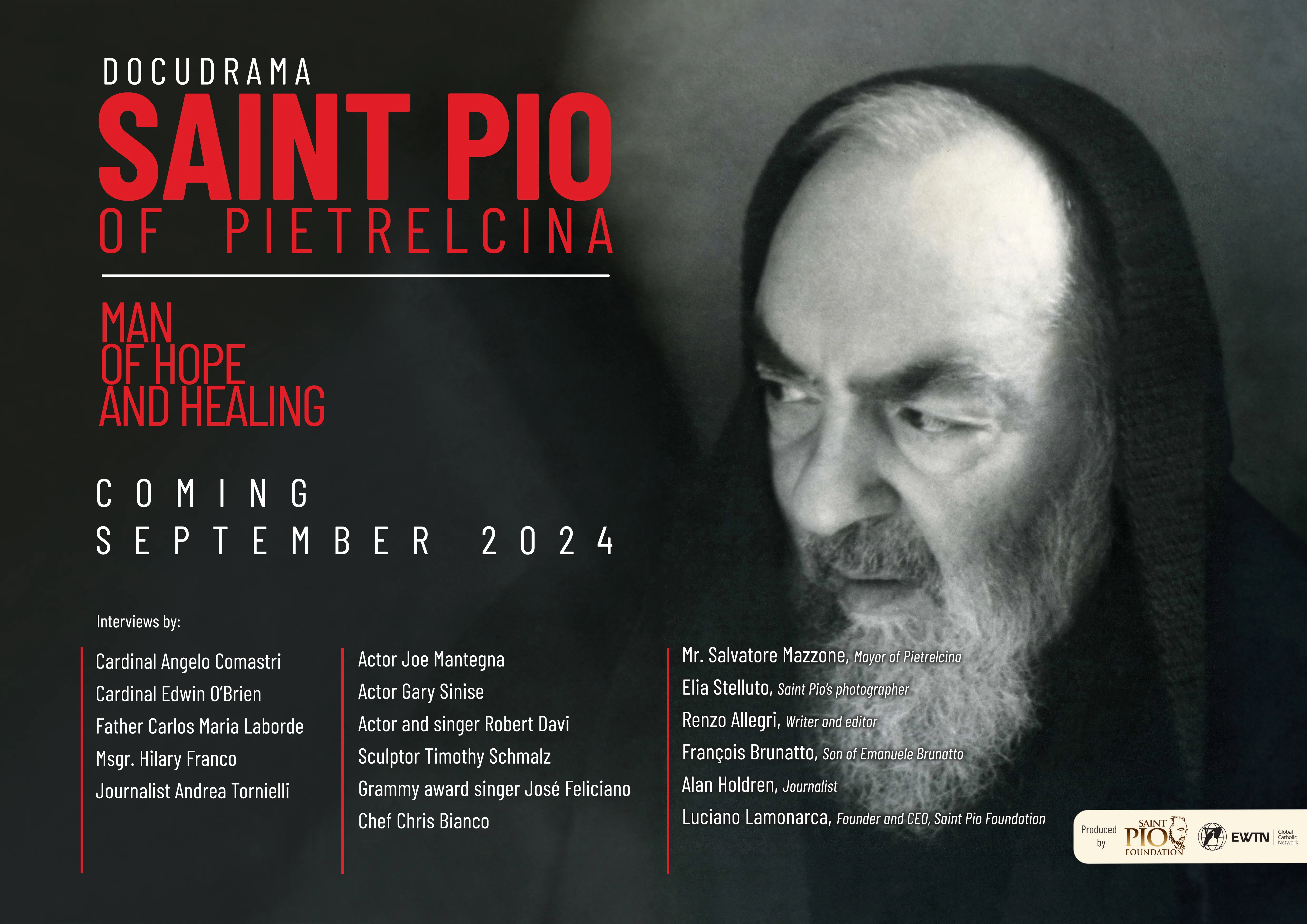
You should have spared us this negative review. Not convincing at all.
I am not much of a movie goer, but I found the review convincing. The fact that the men, the women, the soldiers, the priests, and even Pio himself use the “F” word in the movie was enough for me. These days one hears it all the time in everyday life – I do not need to hear it in what is purported to be a religious film.
And your comment is convincing…because…? You could at least, like the reviewer, give your reasons and make your case. Otherwise, you can spare us the negative comments.
I don’t really want to get into a discussion of this with Mr. Olsen, whom I greatly admire. If your statement is directed at me, I do not understand your statement that I did not give a reason. But, I thought I did give a reason, the fact that the reviewer said that all parties in the movie, including Father Pio used the “F” word. If you do not consider that a valid reason – fine. I do.
Crusader: Ah, I see the problem (the WordPress formatting for comments is, alas, quite lousy). No, my comment was in response to Thomas James. You and I are in agreement. Thank you!
Thank you, Mr. Olsen. Sorry about the confusion.
Crusader,
Notice that Olson’s remark is indented under the name Thomas James, and not under your name.
The format I’m seeing has no indentation and gives no indication as to whether a comment is a reply to someone in particular or not. I suspect Crusader has the same issue.
“Negative review”, you say, just because you didn’t like it? Too many facts for your liking? Why use the words “Not convincing at all” in your protest? Do facts have to be molded, distorted and perverted so as to be convincing? The author of this article did not do that and in that I agree with you.
Padre Pio’s holy, heart-centered, stern attitude should make him the Patron Saint against Naivete, the most insidious and nefarious sin of today, which opens wide doors to Satan and all evil. I agree that this movie tries to steer us away from Padre Pio’s stigmatized hand helping us get out of that bottomless Hell.
Someone after the Latin Mass yesterday was attempting to explain that the nudity in this film was “artistic” not erotic. Well, either way it’s a shame.
It’s Hollywood after all & not an explicitly Catholic film but it’s still disappointing. Maybe the powers that be could release a cleaned-up version?
Thank you so much for this review. My daughter and I were looking forward to the movie but now we don’t have to waste our time. I remember I stopped watching Chosen because they portrayed our humble Mother Mary wearing earrings and other jewelry. I was also disappointed in so much foul language in Fr. Stu. Thanks. This review is very much appreciated.
If you stopped watching The Chosen because Mary wore earrings, you should revisit that decision. You are missing something special. In addition to being the Mother of our Lord, Mary was a real woman of her era. With certainty she cleaned her home, washed dishes and hauled water. And probably at a special event like a wedding she would have worn her best things. Maybe earrings Reality dies not detract from her saintliness. Give The Chosen another try. It has changed the lives of many who knew nothing about Jesus. .
I have a little holy card of the Blessed Mother given to me at Mass by a Mexican seminarian. It appears on the card that Our Lady of the Immaculate Conception is wearing earrings.
Each culture can portray Mary in a different way. Baby girls in Latin America wear earrings from practically day one. It’s not about affluence or lack of humility. Just custom.
I watched part of The Chosen & while it didn’t hold my interest, I certainly wouldn’t stop watching simply because Our Lady is portrayed wearing jewelry. I think it’s great that the series was made & happy it’s changed lives.
Your article is exactly how I feel. I was disappointed. I wanted to learn more about Padre Pio and less about the war. Shia is in RCIA. He spent time with the monks. It all changed him. I praise God for that.
It is frankly tiresome that so many “artists” seem compelled to refract good stories through their lenses of problems, fixations, or obsessions, rather than letting the story tell itself. I am tired to going to performances that are supposed to be about somebody or something but instead turn into the director’s/producer’s hangups about somebody or something. Keep it to yourself.
I always take reviews with a Grain of salt as peoples expectations are so varied. I am sirry to read all the criticisms. I dont mind some appropriate cursing. If it was excessive that is unfortunate. I cannot explain the need for the nude woman scene, artistic or not. Unless Pio himself has written about some such vision? If not then it is uncalled for. I dont think there is a problem providing background about the wartime situation. But too bad if the flow of the script was not as connected as it might have been. I was impressed with the apparent change in actor Lebouf and fir that reason alone will probably try to see it.
I have not and will not see this mortally sinful movie. And no one else should either. Why?
By all accounts of people who have seen the movie who are either for or against it, the movie features a scene with a fully exposed nude woman who is explicitly conducting herself in a blasphemously and sexually seductive manner. This is simply an objective fact. She is acting in a manner which is pornographic by definition, whether or not the actress actually intends for men sin or not.
The nude scene is textbook pornography which is made especially worse and aggravated by the condition of the blasphemous acts that are also depicted against an image of the Blessed Virgin Mary.
Some things should NEVER be explicitly depicted. But sadly, in our depraved anything goes culture- most Catholics no longer seem able or willing to grasp this concept, ever since the infiltrating leftist hippies have gained ascendency in so many sectors of society.
But for crying out loud, surely all Catholics should know that pornography, especially blasphemous pornography, is mortally sinful to produce, pay for, watch, or condone in any way.
And depicting a holy Saint by an actor with a history (including this present pornographic movie) of acting in pornographic films is also despicable.
Also St Pio always detested profanity throughout his life, unlike the totally FAKE Shia Spoof version of “St Pio” who gratuitously drops f bombs like a godless sailor. Such a wicked depiction of a Saint is also blasphemous.
Why did the makers of the movie do that? Perhaps answering that question will help to clarify what is really going on here.
All of this calls into question the true motives and agenda of the makers of this nefariously wicked movie. The intention of purposely seeking to corrupt the morals of Catholics is not outside the realm of possibility to say the very least.
It also seems (all things considered) that the “St Pio” motif in this pornographic socialist movie, is just bait to lure Catholics into seeing a mortally sinful movie that denigrates and falsifies the legacy of a great Saint.
If so, that would be a Screwtape Letter strategy that would be right up Satanic Hollywood’s diabolical MO…
How many 18+ year old Catholic young men already have and will give in to mortal sins of lust of the eyes, thoughts, and actions- BECAUSE they saw this “St Pio” movie?
As a priest who has heard thousands of Confessions- the answer is and sadly will be- very many… though even one is too many. Indeed, many viewers already have reported on social media that they felt the need to go to Confession after viewing the explicit pornography and blasphemy in the movie.
It’s one thing for Catholic young men to be led into sin by our bombarding secular themed culture. But it is far worse when they are led into sin via something that seems piously Catholic like a “Saint” movie- that is the opposite of Saintly- but rather insidiously sinful.
Make no mistake. Almighty God and all of Heaven is greatly offended by this wicked movie. All of Hell rejoices in it- Screwtape style…
I pray for the suppression of this evil movie (that should be boycotted and banned) and for the TRUE conversion of all involved in this abomination, and for an end of these wicked days of impurity, blasphemy, moral degeneracy, and moral relativism that God abhors so much, but which is condoned by unprincipled Catholic clergy and laymen who should know better.
Most Sacred Heart of Jesus, have mercy on us!
Immaculate Heart of Mary, pray for us!
St Joseph, pray for us!
St Pio, pray for us!
+Hail Mary…
Fr DJ
Thank you God for Father DJ’s message and all followers of Christ who help each other on our path to salvation.
The making of this movie was an attack, insidious, by the devil to distort Padre Pio, holiness, the Latin Mass and our Catholic faith. It was obvious to me when I watched Shia talk with Bishop Barron that he had issues, also his infatuation with Mel Gibson, was sad. If Mel was overseeing a lot of this why did he allow this portrayal of Saint Pio, Mel Gibson has major problems along with Shia and the Director of the film. I will not be going to spend any money on this film.
I am sure Abel Ferrara has read the many negative reviews of his Padre Pio bomb. So I have a suggestion to him to atone for his big mistake – how about making a movie about Padre Pio, all about Padre Pio, the true Padre Pio and nothing else? Then have Shia Leboeuf repeat his role as the saint. His performance, for me, was the only redeeming factor in this otherwise horrible movie (minus the one F word).
During the same week, one of my cousins sent me a holy card with a picture of Mary on it, and then later that week, one of my former grade school classmates (who recently published a book concerning visions of the Blessed Mother and the Rosary) sent me another one. Never had anyone sent religious cards of the Blessed Mother to me before. To receive these from two different people during the same week was quite unusual. One of these two men also sent a Padre Pio’s Devotions brochure, too. I have kept these items on the table in front of me where I keep my laptop, even to this day. My wife and I have often seen these kinds of “coincidences” happen, and we agree that they represent revelations or signs
of the presence of God.
Inside the Devotions brochure we read: “He died a holy death on September 23, 1968 at 2:3O AM with the words ‘Jesus and Mary’ on his lips and a rosary in his hands.” Did the movie mention that? I don’t suppose that aligns with the lens through which cynics would want to portray a religious being.
I have one sorry point to make, however. I have researched the Shroud of Turin considerably, and have no doubt that it (and the Sudarium of Oviedo, Spain) — that the two cloths are authentic. It should be noted, however, that the wrists were pierced with the nails, as is made evident on the Shroud of Turin (necessary to support the weight of the crucified body) and not the hands.
The nails are in the hands if you look at the shroud carefully it shows where it comes through. The wrists is another modernist, liberal, leftist, Marxist, revisionist ideology to change our faith. Padre Pio received the stigmata in the 20th century to counter the false “fax news” that was coming about. The movie should not be watched, and Shia needs a lot more catechism, and should stay away from Mel Gibson – a person with deep problems.